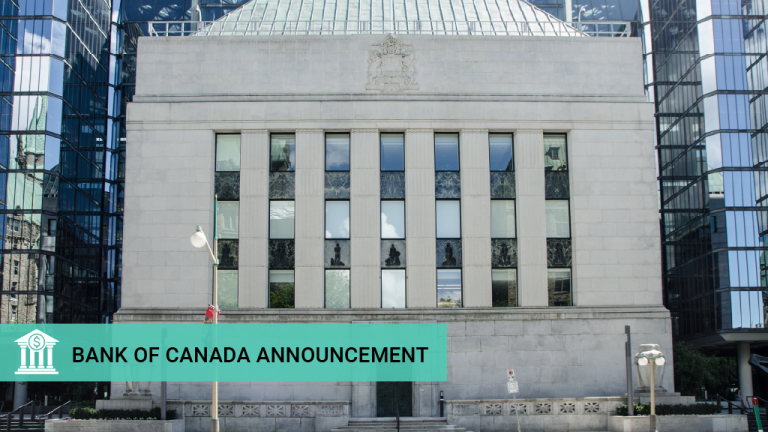
Spring is typically when housing markets across the country see a surge in activity. As Canadians shake off the winter blues, many see the season as the ideal time to buy or sell a home. However, in 2025, the usual kick-off to the real estate year has played out unevenly across regions, with some markets gaining momentum while others remain sluggish.
According to the Royal LePage® House Price Survey and Market Forecast released today, the aggregate1 price of a home in Canada increased 2.1% year over year to $829,400 in the first quarter of 2025. On a quarter-over-quarter basis, the national aggregate home price rose a modest 1.2%. While housing market activity has been softer than expected so far this year in many markets – a major shift compared to where we ended 2024 – the trend has been especially pronounced in Ontario and British Columbia, the country’s most expensive markets. Meanwhile, comparatively strong demand paired with low supply has led to price appreciation in the province of Quebec, the Prairies and much of Atlantic Canada, despite ongoing geopolitical tensions and economic uncertainty.
“The typical spring market didn’t kick off as energetically as expected, and geopolitical uncertainty is playing a major role,” said Phil Soper, president and CEO, Royal LePage. “The new administration in Washington has rattled Canadians with aggressive rhetoric and punitive trade policy. While we were spared from the blanket 10% tariff imposed on most countries in the world, targeted steel and aluminum duties – coupled with unsettling comments that called Canada’s sovereignty into question – have been enough to shake public sentiment. Even if these measures don’t directly impact housing, they contribute to a climate of caution that weighs heavily on large consumer decisions, at home and around the world.”
According to a recent Royal LePage survey, conducted by Burson,2 49% of Canadians say they are confident in the country’s economy today, including only six per cent who are very confident. Meanwhile, 43% say they are not confident. Respondents in the province of Quebec are the most confident, while those in the Prairies are the least confident. Notably, Fort McMurray, Alberta, recorded the lowest level of confidence, with 75% of respondents saying they are not confident in Canada’s economy today.
Among Canadians looking to purchase a home this year, 49% say the ongoing trade dispute with our southern neighbour has caused them to postpone their home buying plans, while 51% say it has not. Of those who have postponed their purchase plans, 37% are concerned about a potential increase to the cost of living, 30% are concerned about making a big purchase at a time of political and economic uncertainty, and 14% are holding out because they expect home prices to decline as a result of the conflict.
“Canada’s housing fundamentals remain strong, and real estate activity tends to rebound quickly when uncertainty lifts,” said Soper. “Beyond trade, getting the federal election behind us should help here. Regardless, across the country, we are seeing savvy buyers step off the sidelines, taking advantage of stable prices, growing inventory and falling rates.”
Canada’s economy poised to weather trade tariff storm
Global financial markets have experienced significant volatility in recent weeks, mirroring the broad economic unease triggered by U.S. President Donald Trump’s tariff policies. In the face of these challenges, Canada has demonstrated early resilience, drawing on its experience navigating past economic crises. The nation’s strong financial institutions, prudent regulatory frameworks and diversified economy position it well to manage current and future economic headwinds.
“Canada has weathered economic storms before, including the 2008 financial crisis and the 2020 pandemic, emerging with a reputation for steady leadership and economic resilience,” said Soper. “The housing market continues to provide people with a reliable foundation in uncertain times, with price stability and mortgage default rates that remain among the lowest in the world. While some sectors will be harder hit than others by prolonged trade disruptions, both federal and provincial governments have the tools and fiscal capacity to support those most affected.”
At its last rate announcement in March, the Bank of Canada emphasized that monetary policy cannot resolve trade disputes, and it reaffirmed its core mandate: to keep inflation under control. Many experts believe the central bank will hold rates at its next announcement on April 16th, but that further cuts could be in store later this year. Since June 2024, the Bank has cut its key lending rate by a total of 225 basis points to reach 2.75%.
Read Royal LePage’s first quarter release for national and regional insights.
First quarter press release highlights:
- Greater Montreal Area’s aggregate home price increased 7.9% year over year, while the greater Toronto and Vancouver markets recorded declines of 2.7% and 0.7%, respectively.
- Quebec City continues to lead the country in aggregate price appreciation, rising 17.0% year over year in Q1; the highest increase among the report’s major regions for the fourth consecutive quarter.
- The aggregate price of a home in Canada is forecast to 5.0% in Q4 2025, compared to the same quarter last year. The previous forecast has been revised down modestly to reflect the current slowdown of activity in Ontario and B.C.
- Quebecers are the most optimistic about the economy, with 65% of respondents reporting confidence in the Canadian economy. Those in Manitoba and Saskatchewan are the least confident (34%).
1Aggregate prices are calculated using a weighted average of the median values of all housing types collected. Data is provided by RPS Real Property Solutions and includes both resale and new build.
2Burson used the Leger Opinion online panel to survey 2,417 Canadians, aged 18+ between April 2, 2025 and April 9, 2025. No margin of error can be associated with a non-probability sample (i.e., a web panel in this case). For comparative purposes, a probability sample of 2,417 respondents would have a margin of error of ±2%, 19 times out of 20.






